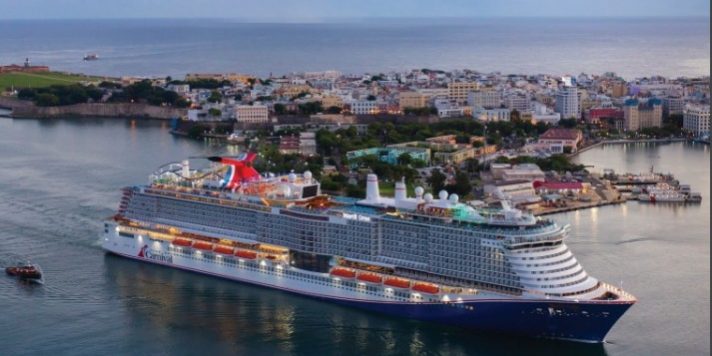SEA-LNG, the multi-sector industry coalition, has shared its overview (A View from the Bridge) of LNG as a marine fuel in 2022-2023. This resource highlights how the shipping industry has advanced along the LNG pathway to decarbonization in 2022 and outlines what progress is anticipated in 2023.
2022 was another very strong year for LNG-powered vessel orders, with numbers almost equaling those in 2021, the record year to date, despite exceptionally high LNG prices. The majority of these will have low slip engines with the potential to cut GHG emissions by up to 23% on a well-to-wake basis, as well as eliminate local emissions in the air we breathe. LNG is the only scalable fuel available today for deep-sea shipping that addresses both climate and health challenges.
Ship owners are investing in LNG-fueled fleets with the confidence that LNG infrastructure is already established in key bunkering locations and growing rapidly around the world. There is growing recognition that decarbonization will not be a “big bang” process where the industry moves in a single step from fossil to zero-emission, renewable fuels. It is likely to take place incrementally as fuels are gradually decarbonized through the addition of low and zero-emission drop-ins and supplied at scale using existing infrastructure.
The industry is making massive investments in new builds and energy supply infrastructure that will impact GHG emissions today and for the next 25-30 years, the typical lifetime of a deep-sea vessel. Therefore, it is essential that assessments of alternative marine fuel pathways are made on a like-for-like, or “apples with apples” basis using accurate data.
While regulators and industry are agreed on the net-zero emissions destination, the implications of the pathway are rarely discussed. The total pathway emissions associated with many of the alternative fuels being discussed may be much higher than those associated with LNG and its bio and synthetic variants.
Being able to transition safely and easily from fossil LNG to bio-LNG, to renewable synthetic e-LNG means that LNG assets will not become stranded and that vessels ordered today will be able to continue operating within increasingly stringent GHG emissions regulations up to and beyond 2050.
“Shipping stakeholders are investing in LNG because it provides a low risk, incremental pathway for decarbonization, starting now,” commented Peter Keller, Chairman, SEA-LNG.
The IMO and European Union, meanwhile, are in the process of introducing a range of regulations aimed at decarbonizing the shipping industry. LNG and its associated bio and synthetic pathway will provide ship owners and operators with significant and immediate compliance benefits.
Source: SEA-LNG







